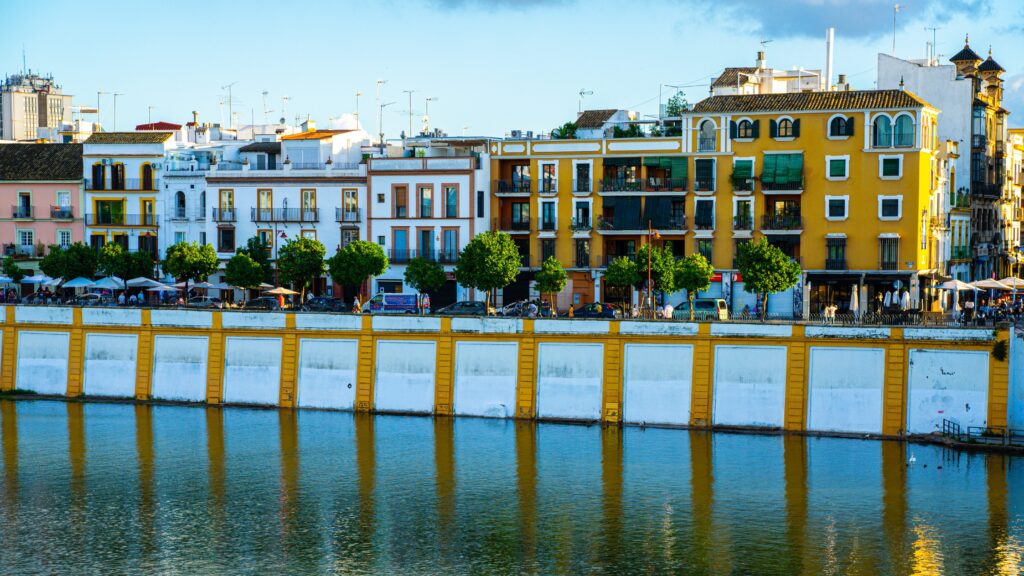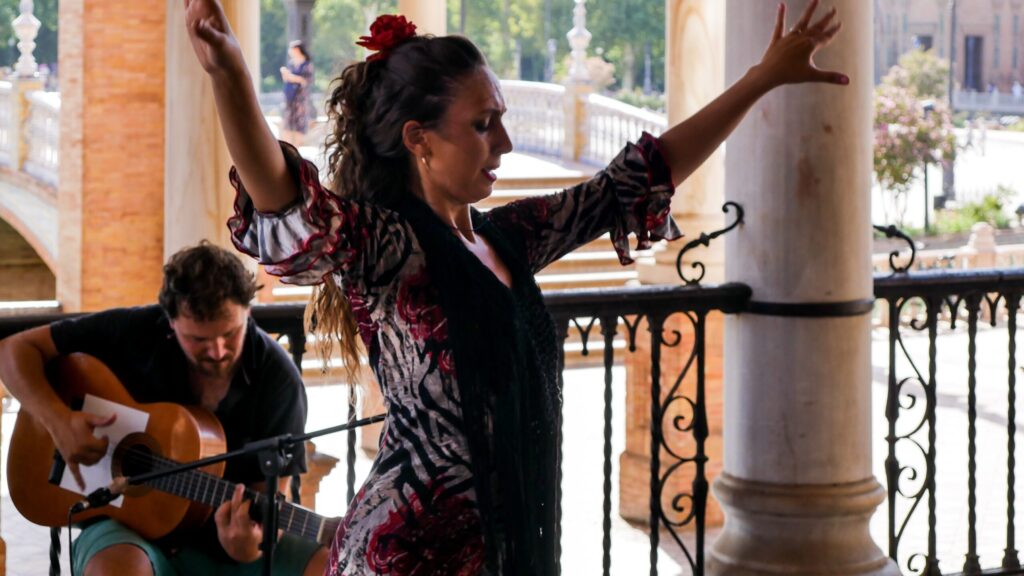Seville Itineraries
Disclaimer
Posts on Visit-Seville.com City Guide may contain affiliate links, meaning we get a commission if you decide to make a purchase through our links, at no cost to you.
Triana Bridge Seville – Isabel II Bridge Sevilla
Triana Bridge Seville – Isabel II Bridge Sevilla
Visitor Guide and Information for Triana Bridge Seville

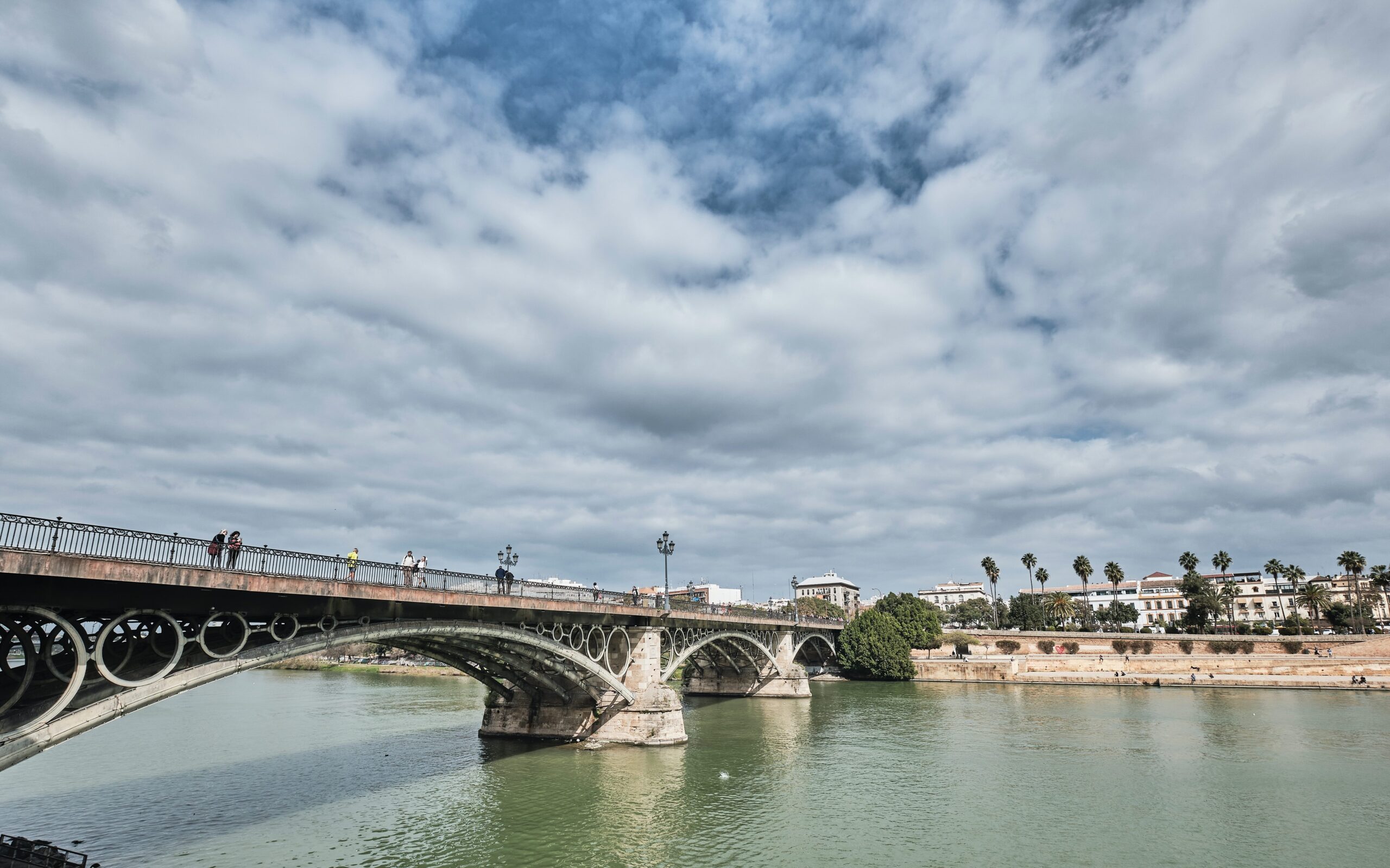
The Triana Bridge, also known as Puente de Isabel II, is one of the most iconic bridges in Seville. It connects the historic city centre with the Triana neighbourhood across the Guadalquivir River.
The bridge itself is pretty to look at and has some cool ironwork. It’s also a popular spot for taking photos, especially with the river and city as the backdrop. During festivals or special events, the bridge often gets decorated, which adds to its charm. So, while you’re in Seville, it’s worth taking the time to walk across the bridge and maybe snap a few pics.
History and Overview of Triana Bridge
The Triana Bridge, also known locally as Puente de Isabel II, has a long history that dates back to the mid-19th century. Before this iron bridge was built, there was a wooden bridge that connected Seville’s city center to the Triana neighborhood. That old bridge wasn’t very sturdy, so the city decided to build a new one.
Construction on the Triana Bridge started in 1845 and finished in 1852. The bridge was named after Queen Isabel II of Spain, who was the queen at that time. It was one of the first iron bridges in Spain, and that was a big deal because iron was a modern material back then.
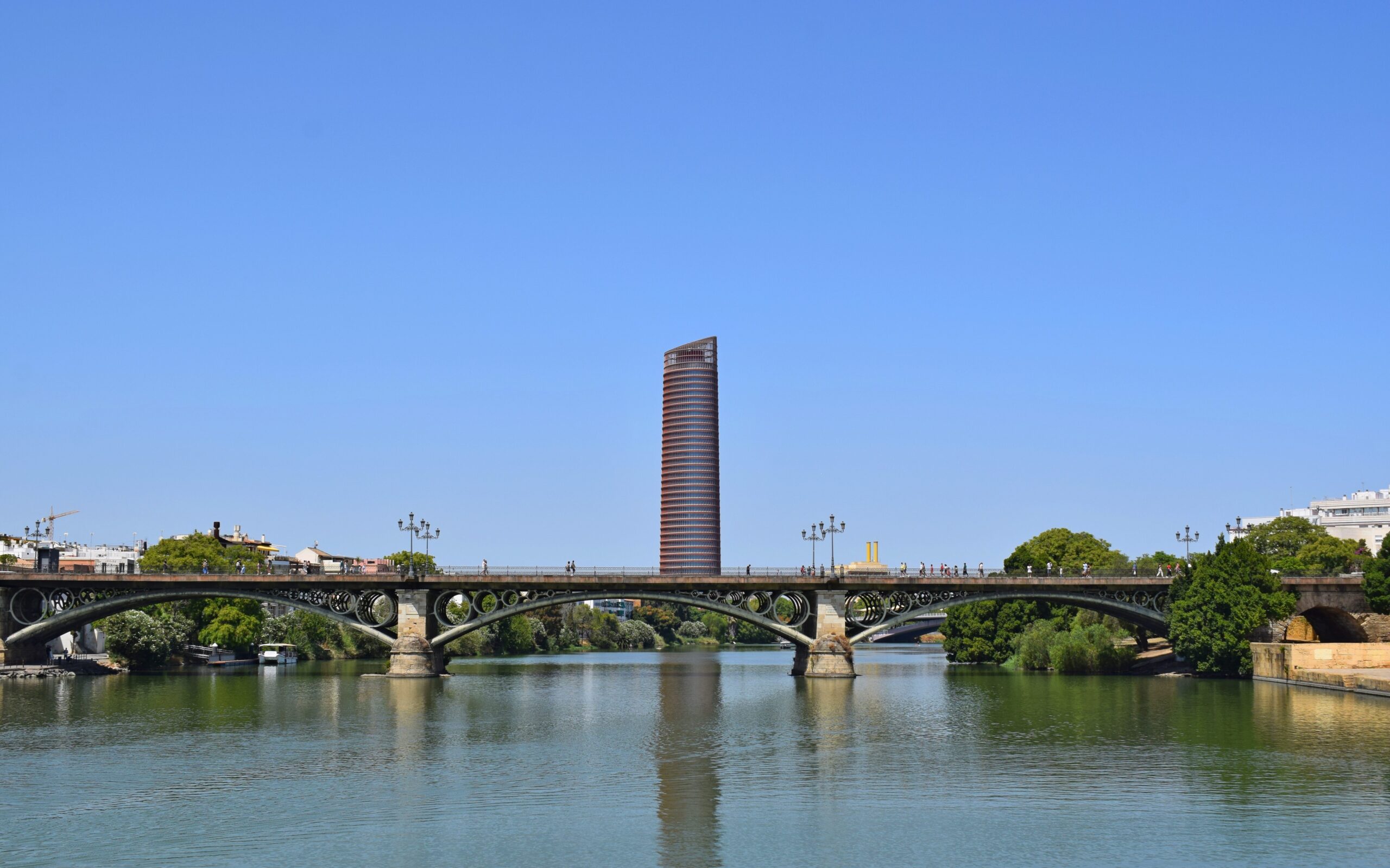
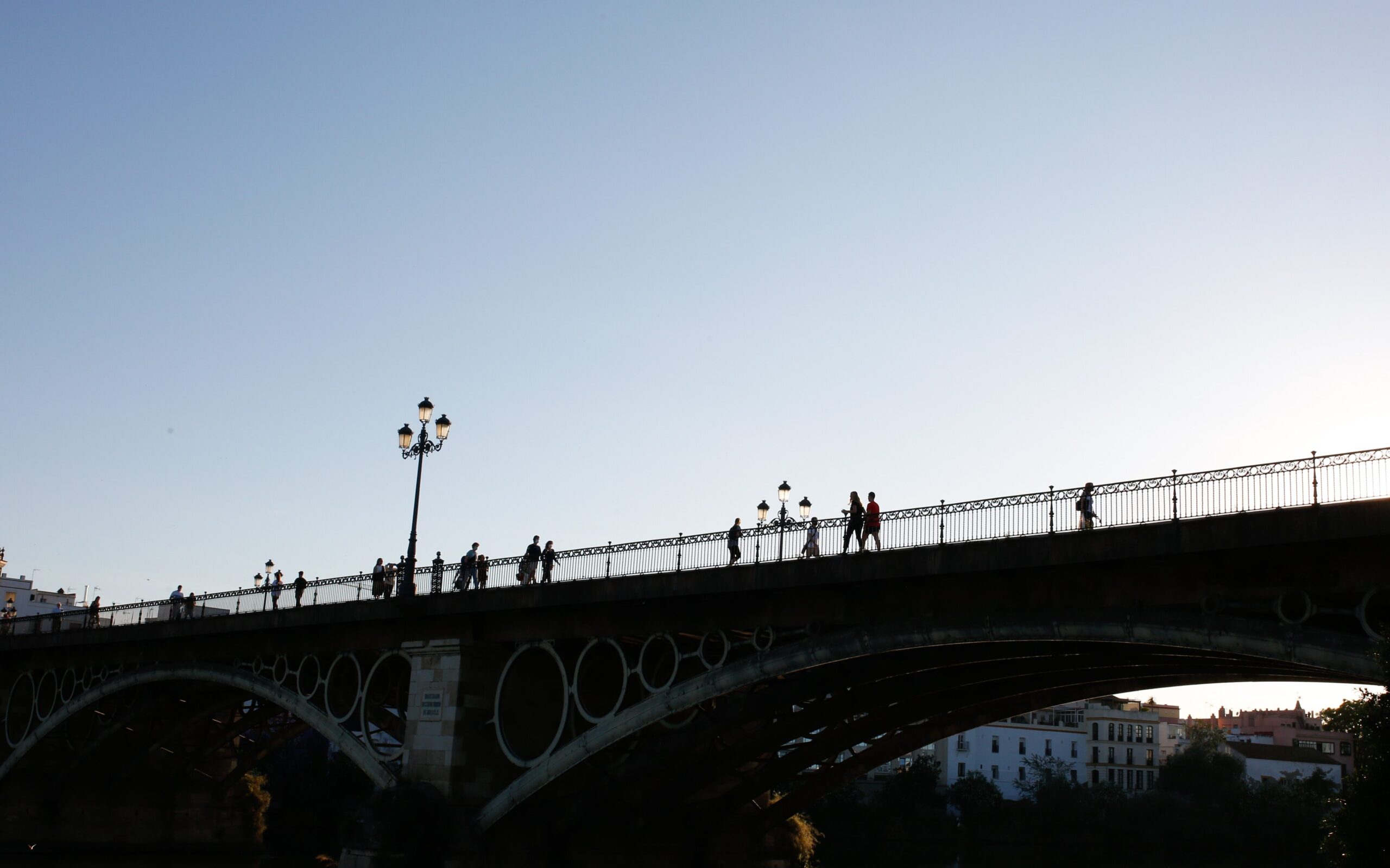
The design and construction methods were pretty advanced for the time, using new techniques that were inspired by French engineering. The bridge is built mainly out of iron but has decorative elements made of stone.
Over the years, the bridge has become a symbol of Seville, and it’s especially popular during festivals like the Seville Fair. It gets decorated and becomes a focal point for celebrations.
Nearby Attractions to Triana Bridge
When you cross the Triana Bridge, you step into the Triana neighbourhood, which is a hotspot for anyone interested in traditional Spanish ceramics and the vibrant world of flamenco. It’s a lively place with a lot of bars, cafes, and shops, so there’s always something going on.
Not far from the bridge, you’ll come across Mercado de Triana. This market is a feast for the senses with its array of fresh produce, meats, cheeses, and even some stalls selling local crafts. It’s a great place to experience the local flavour of Seville.
Also near the market is Castillo de San Jorge. While it’s mostly ruins now, the place has been converted into an interpretation centre where you can learn about the history of Seville and the castle itself. It’s a low-key but informative spot if you’re into history.
The Guadalquivir River runs right by the Triana Bridge, and walking along its banks is a popular activity. You can also take boat tours on the river to see Seville from a different angle. If you’re feeling more adventurous, there are paddle board options too.
A bit further along the river, you’ll find the Torre del Oro, a historic watchtower that now houses a maritime museum. It’s one of Seville’s iconic landmarks, and from its top, you can get another panoramic view of the city.
Architecture and Design of Triana Bridge
The main structure, including the arch and the spans, is made of iron, while the decorative details and the pillars are made of stone.
The bridge has a single arch design, and it’s about 150 meters long. The arch is what gives the bridge its distinctive look, and it’s why the bridge is sometimes compared to other iron bridges from that era, like the ones designed by the famous French engineer Gustave Eiffel.
It’s got some cool decorative elements, like lampposts and stone reliefs, which add a bit of flair to the overall industrial look. These stone decorations also show some influences from Moorish and Gothic architecture, so it’s like a blend of different styles.


